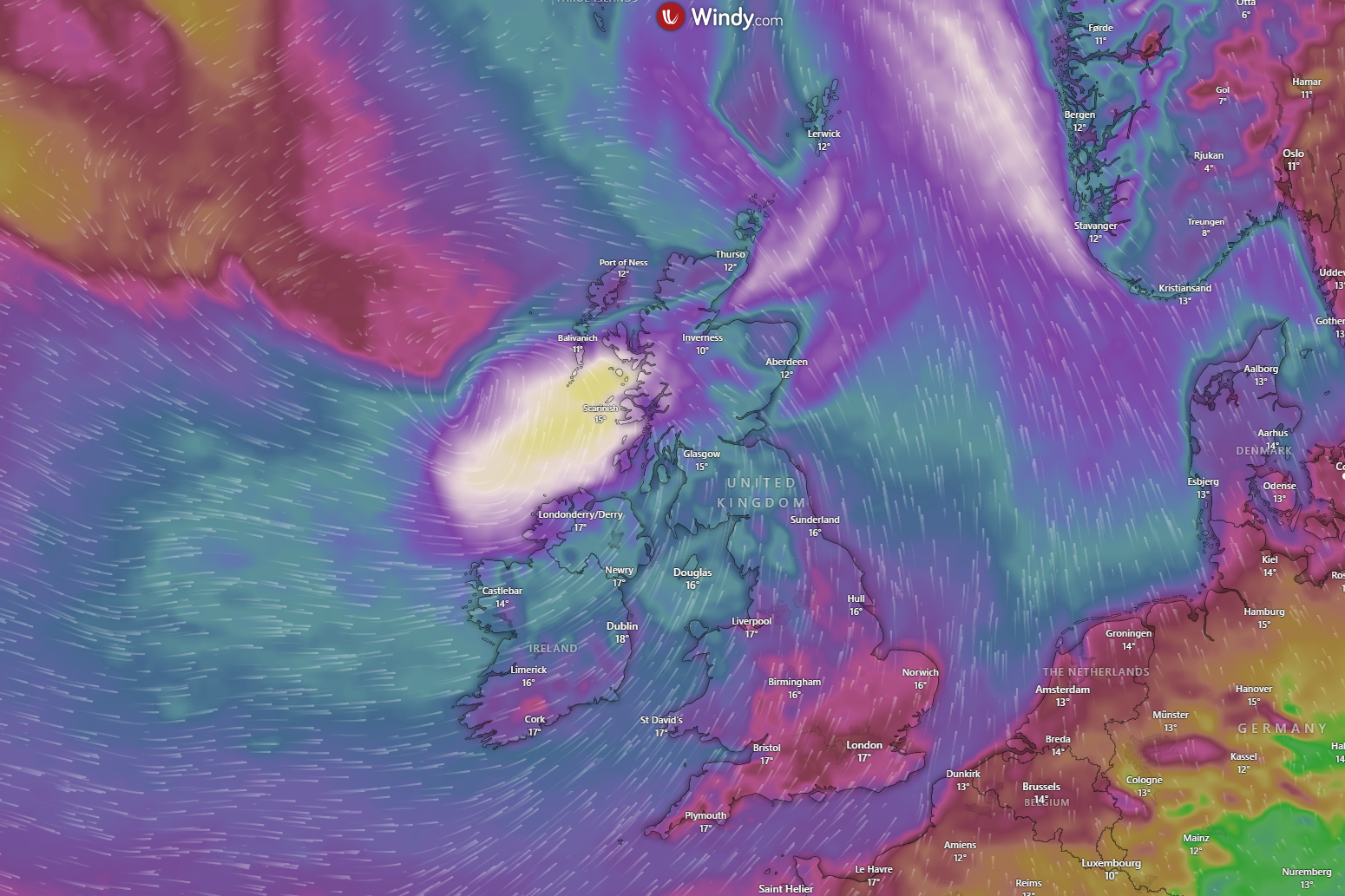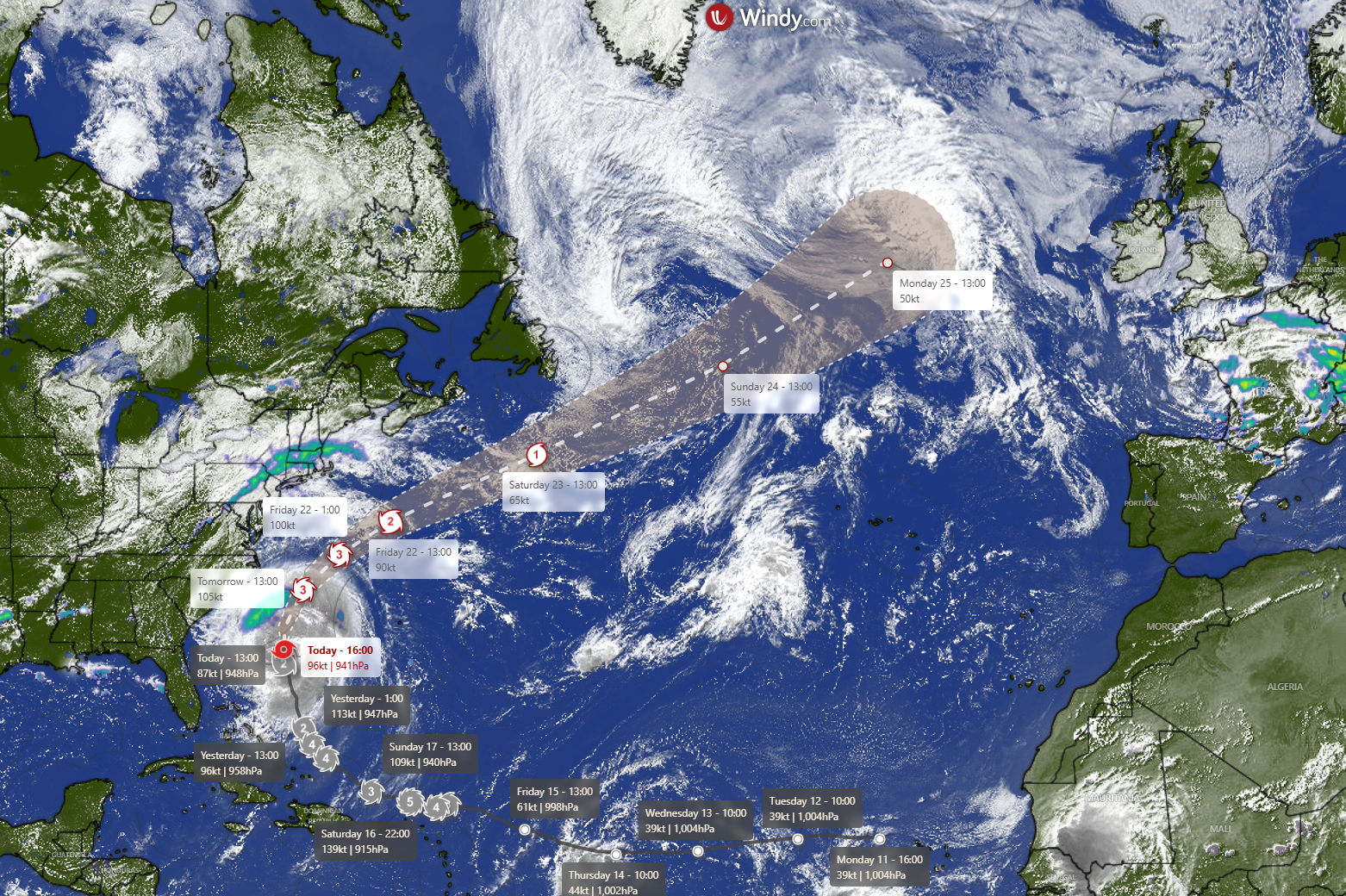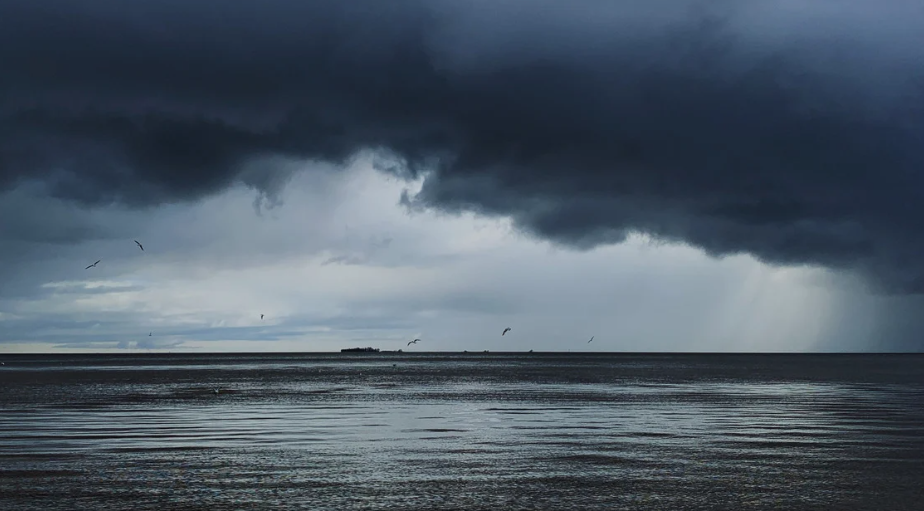

Microclimates in the garden
Every garden has a number of different microclimates, and these have an effect on not only the temperature but also the amount of rainfall and wind strength. Even within a small garden, there can be large differences in conditions. If you have been digging or weeding your garden for a while, you will probably have discovered hot, dry corners and cold, draughty spaces. Understanding the microclimates in your garden really gives you a head start. Most gardeners want light and shade, dry and damp, sheltered and exposed areas in which to grow different plants and create contrasting spaces. And with a few tricks, you can manipulate your garden's temperature to get the best results.
The microclimates in your garden are determined by the geographical location of your house and its aspect. A south-facing garden will receive sunlight for most of the day during both summer and winter, whereas an east-facing garden will experience more sunshine during the morning. If your garden slopes, this will impact upon which plants will thrive in which location. North-facing slopes have less sunshine and more lush vegetation. South-facing slopes receive more light and heat from the sun; plant growth increases and crops will ripen earlier.
Exactly where your garden is on a hill will have an impact on the temperature, sunlight and wind strength. The top of the hillside will generally be windier than the bottom. Yet the bottom of the hill can be more prone to frosts as the cold, dense air sinks down the hillside overnight. The wind can cause physical damage to plants and dry out the soil. Some plants are more tolerant to the wind but it is possible to create sheltered areas within the garden to protect those that aren’t. The wind will also dry out porous pots such as terracotta ones, see below.
You can add features to your garden that will alter its microclimates. Hedges, fences, trees, walls, patios and water features all have the ability to control the wind, sunlight,
temperature and humidity. South-facing walls heat up in the day releasing warmth through the night reducing the likelihood of a frost and promoting ripening of fruits. Shelter from the wind by hedges, fences or buildings will help promote plant growth. Water features offer a welcome cooling in the summer and additional warmth at night - the thermal inertia of water means it takes a longer to heat up and cool down. And think about plants located near a wall or fence – the amount of rain that reaches the ground can be 50% less on the sheltered side compared the exposed side.
A greenhouse offers a unique microclimate for the garden and the temperature can be regulated even during the winter by using greenhouse heaters. Anything is possible.
Garden pots
The type of pot you use can dramatically affect plant growth. Peter Gibbs, BBC Broadcast Meteorologist, carried out some interesting tests using a thermometer placed in the soil inside a range of garden pots and measured the temperature in each on a hot, sunny day.
He used terracotta, glazed ceramic, black plastic, metal and glass pots to see just what effect the pot material had on the temperature in the soil. The thick black plastic became blisteringly hot reaching the highest temperature at 40°C. This extreme heat will put a lot of stress on the plant and reduce plant growth. The terracotta pot provided the best insulation, keeping the soil at a relatively cool 25°C. However, terracotta pots lose most water as moisture evaporates from their surface. This evaporation helps to keep the roots cool, but it may deprive them of water unless regularly monitored.
Vulnerable potted plants are best moved into close groups in the shade especially if you are going away on holiday, otherwise ask a neighbour to keep an eye on them.




